How Do Animals Adapt To The Rainforest
How take animals adapted to the rainforest environment?
Non only does vegetation adjust to the rainforest environment, but many animals have adapted to the unique conditions of this ecosystem.
How has the poison dart frog adapted to the rainforest?
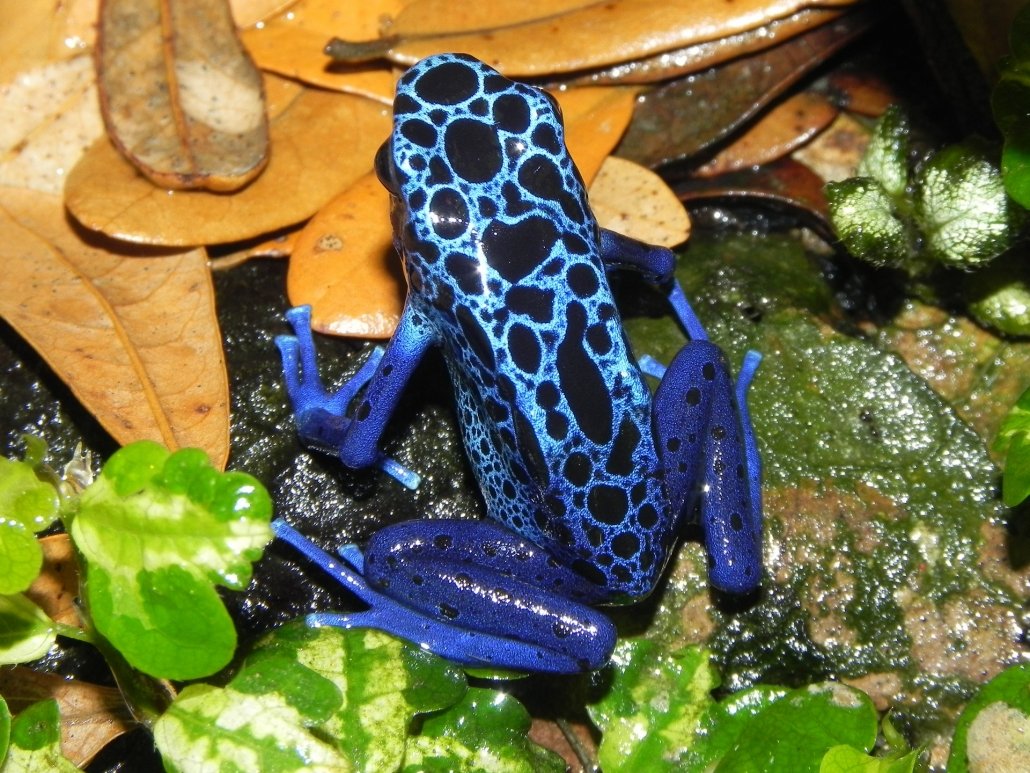
Poison sprint frog
The toxicant dart frog is known for its brilliant color; however, in the animal world, this signifies dangers. The toxicant dart excretes poisonous substance through its skin, and its bright colour warns potential predators confronting eating information technology. Some of the frogs in this family are not poisonous. Nonetheless, they have adapted to their environment by copying the appearance of the toxic types.
How has the sloth adapted to the rainforest?
Sloths have adapted to the rainforest ecosystem in several ways. 2-toed sloths are nocturnal, which enables them to avoid diurnal (or agile during the day) predators by sleeping during the day. Although three-toed sloths are both diurnal and nocturnal, they're primarily inactive during the twenty-four hour period. Sloths are built for life in the trees because their arms are longer than their legs and their anxiety are curved, which helps them grasp branches. In addition, sloths movement very slowly, which allows them avoid existence seen by predators.
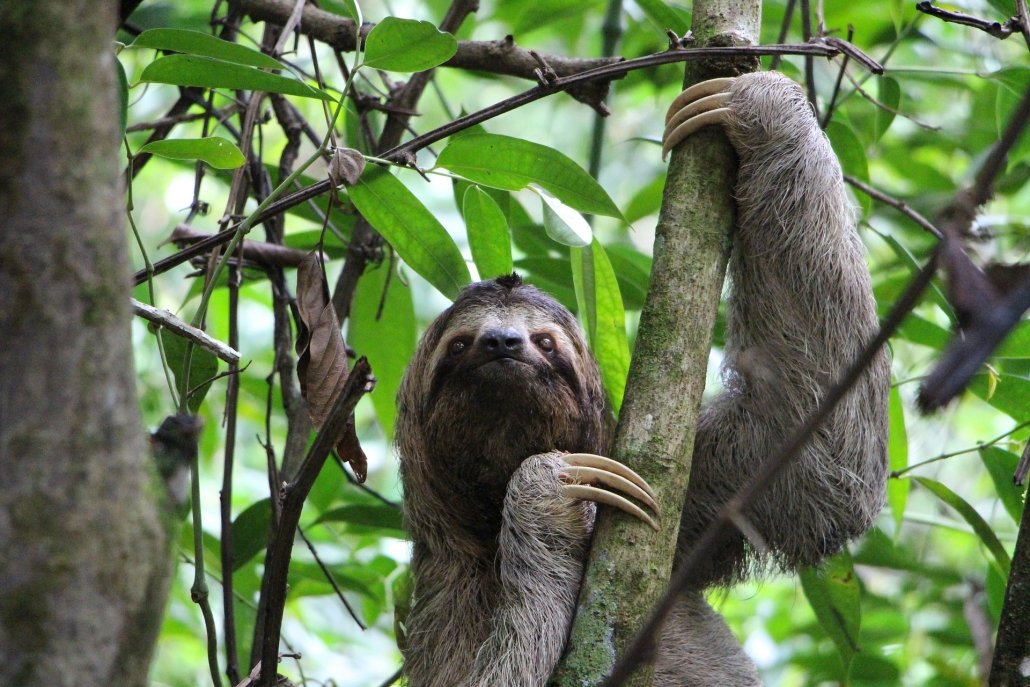
A three-toed sloth
Iii-toed sloths have tan coats, while two-toed sloths usually have grey-brown fur. These tones match tree trunks and branches, providing cover-up. Additionally, they grow algae in their fur, which contributes to their camouflage.
Three-toed sloths have three extra neck bones, which let them to plough their heads 270°, which is a useful adaptation when predators tin can come from whatever direction.
Sloths take thick, dense coats, which keeps them dry during heavy downpours. An undercoat protects their skin with their long outer hairs, providing a natural route for the water to catamenia off the animate being.
Sloths have long, sharp claws that help them cling onto branches. Combined with their sharp teeth, these claws are also used to defend themselves from predators such every bit anacondas, boas, wild cats, eagles and hawks.
Sloths take a prolonged metabolism which enables them to stay in the same tree for several days before descending for food. It also means they merely defecate (poo!) every eight days, which is important because they do this on the forest floor, saving them valuable time and energy.
How has the spider monkey adapted to the rainforest?
The primary physical accommodation of the spider monkey is its prehensile tail. The prehensile tail allows the spider monkey to be able to grasp the branches of trees. The prehensile tail is longer than the monkeys' body and composed of 20-iii vertebra. This gives it suppleness and strength. The monkey tin can hang by its tail, swing by it, pick fruit, and even throw things with it.
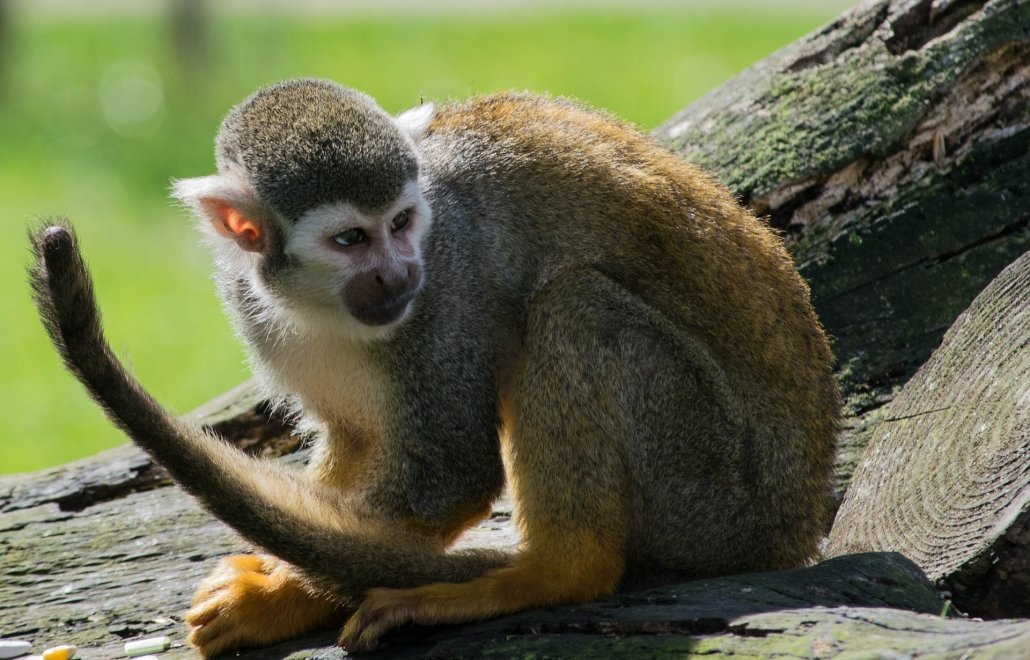
A spider monkey
Spider monkeys have a highly developed larynx, which gives them the ability to produce a range of vocal sounds. They use these to communicate beyond the treetops as they are very sociable animals.
How has the gecko adapted to the rainforest?
In that location are now more than than 2,000 dissimilar species of geckos living in diverse parts of the world. Each one has contradistinct its appearance or other physical features to survive in a hostile world. In the tropical rainforest, geckos are green which provides cover-up in the treetops where they dwell.
Geckos accept adult large, flattened toe pads with sticky scales on their undersides. These help them grip onto the polish tree trunks that are commonly found in the rainforest, allowing them to climb vertically up trees.
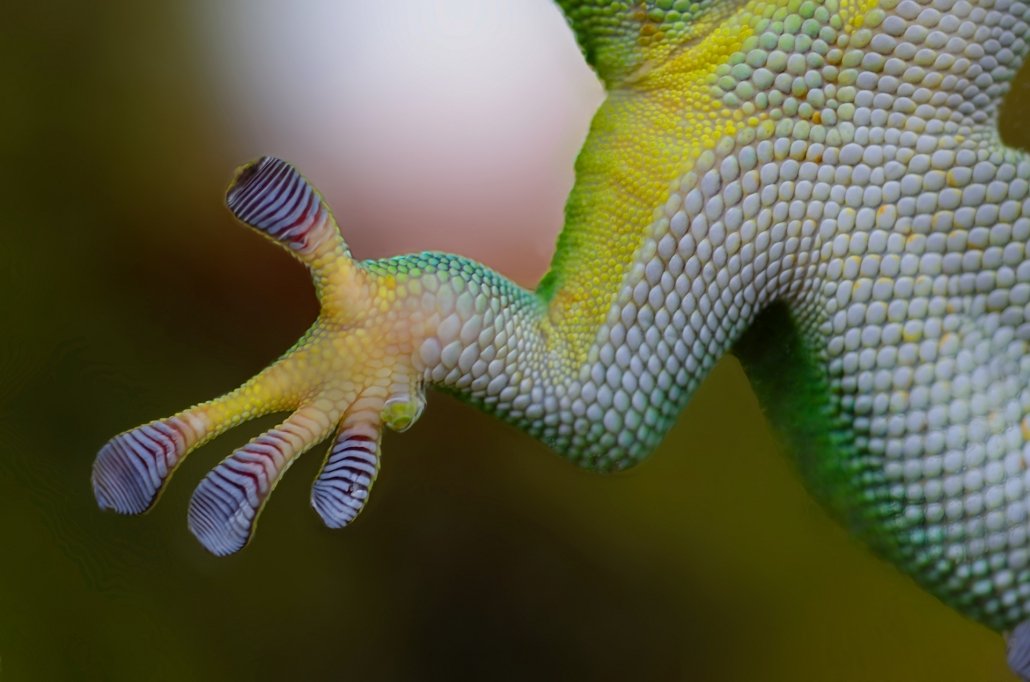
Gecko's flattened toe pads with sticky scales
The geckos tail has evolved to go easily detached, allowing it to escape if caught past a predator.
How has the jaguar adapted to the rainforest?
Jaguars have adapted to the wet environment of the tropical rainforest. They are splendid swimmers, and unlike other cats, they seek out water for bathing and swimming.
The jaguar's fur keeps it camouflaged in the tropical rainforest. Jaguars are also powerful, giving them the force to move slowly and silently through the forest when stalking prey. In addition, the jaguar can movement extremely fast, which makes information technology an effective hunter.
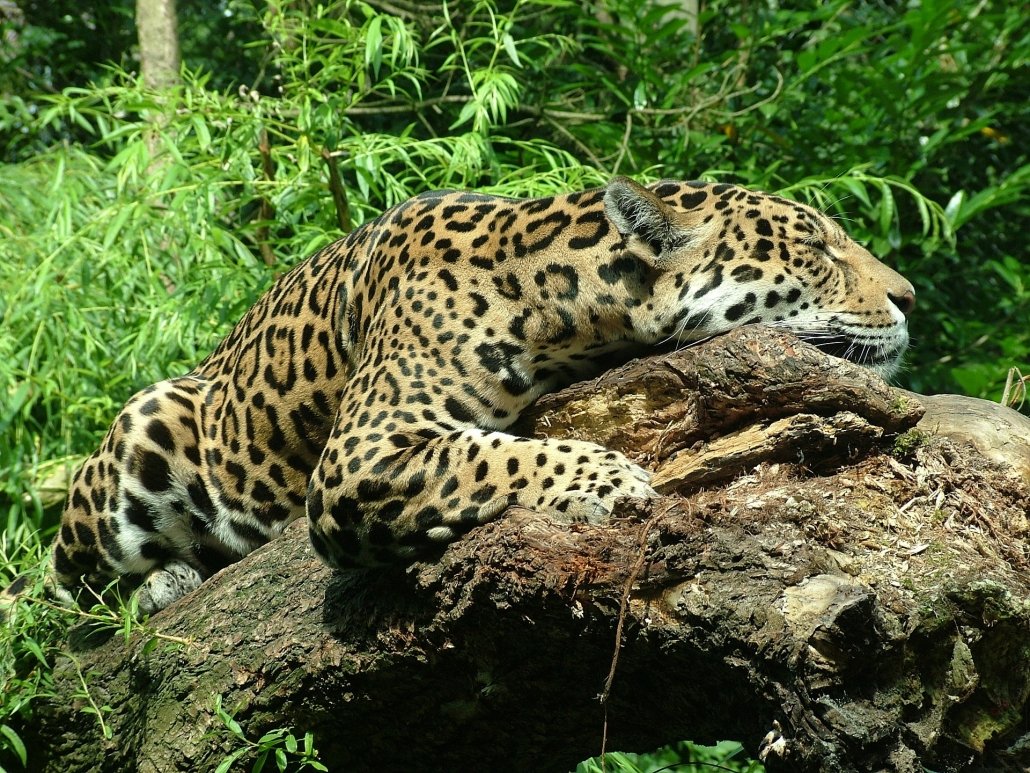
A resting jaguar
Jaguars take developed large claws, which enable them to climb small trees and catch their prey.
Source: https://www.internetgeography.net/topics/how-have-animals-adapted-to-the-rainforest-environment/
Posted by: walstoncoulut.blogspot.com

0 Response to "How Do Animals Adapt To The Rainforest"
Post a Comment